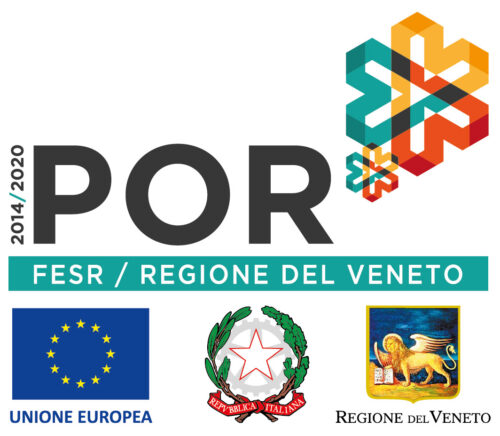Organic wine is tastier..or more aromatic
Rousseau said, “the sense of smell is the sense of imagination“! Certainly, among the different senses developed by human being, it is the most evocative and the most poetic.
This statement is really suitable if we think about wine and its inebriating scents or aromas, which remind us of juicy apples, crispy pears, dark chocolate or coffee, roses, wild flowers or licorice, thyme and sage, citrus or cloves, cinnamon…

But where do the wine aromas come from?
The aromas we find in wine, are due to the presence of volatile compounds consisting of aromatic molecules dissolved in the wine itself. Once the wine comes into contact with the air, these molecules evaporate and are perceived as aromas by our olfactory receptors.
There are thousands of volatile compounds and with different concentrations; the set of scents in a wine is called the bouquet. Olfactory and taste sensations are invaluable; they help us to define the quality of the wine and guide us in pairing it with food.
What types of aromas can we find in wines?
Aromas in wine are mainly divided into primary, secondary and tertiary.
Primary or varietal aromas come from the grapes, specifically from the skin, and are more or less intense depending on the grape variety, terroir and winemaking method. For example, among these aromas we find the main descriptors of Prosecco DOCG, namely fruity, floral, vegetal or mineral aromas. We recommend you to taste Col di Manza Prosecco Superiore DOCG from biodynamic grapes to fully experience the aromas of yellow apple, peach, rose and wild flowers.
Instead, what gives rise to the secondary aromas is fermentation, the process by which sugars are transformed into alcohol. Therefore, it is the yeasts, conditions and temperature of fermentation that have the greatest influence on these types of aromas. The secondary aromas we encounter in the glass are, for example, the elegant notes of bread crust, yeast or caramel. Animae Prosecco Superiore DOCG without added sulfites is a good example with its aromas of pear, bread crust and yeast.
The last type of aromas, are tertiary aromas (also called evolutionary notes) and are given by aging. Then, depending on the type of aging whether in wood, steel or cement woody or spicy notes will emerge. Thus we find enveloping scents of dried fruit, cedarwood, pepper or licorice. Among Perlage red wines certainly Animae Cabernet Veneto IGT without added sulfites is the most complex, in the glass we find notes of vanilla due to the short aging in oak barrels.
Why can we say that in organic wine “there is more aroma”?
The evidence comes from a study conducted by professors Magali Delmas (California Institute of the Environment and Sustainability) and Olivier Gergaud (KEDGE Business School in Bordeaux). In 2016, they compared the ratings obtained from 74,000 California wines reviewed by 3 influential wine magazines, Wine Advocate, Wine Spectator and Wine Enthusiast. They found that the difference in scores between organic and conventional wines was +4.2%.
Delmas and Gergaud repeated the analysis in 2021 with 128,000 French wines, and once again certified organic or biodynamic bottles were found to have higher scores. In fact, the gap increased: +6.2 percent for organic wines and +11.8 percent for biodynamic wines.
These research, showed that the determining factors in obtaining wines with high organoleptic qualities are: the cultivation techniques and the attention paid during the winemaking phase in the cellar. Not using chemicals in the vineyard allows to preserve the biodiversity of the soil and to pay more attention to the raw material. The resulting organic grapes are rich in nutrients, antioxidants and aromatic substances. In a second step, in order to obtain wines rich in taste and aroma, the selection of yeasts, clarifiers (which in Perlage’s vegan and organic wines are of plant origin) and an ever decreasing use of sulfites, ensure that the aromaticity of the grapes is expressed more at the moment of tasting, exploding in the glass in fragrant aromatic notes.
All we have to do is stick our noses in the glass of wine and then taste!!! Cheers!




